Additive manufacturing refers to the process of creating objects by adding layers of material, unlike traditional methods that remove it. Perhaps the best known example of this type of production is 3D printing, which is also widely used in aerospace manufacturing.
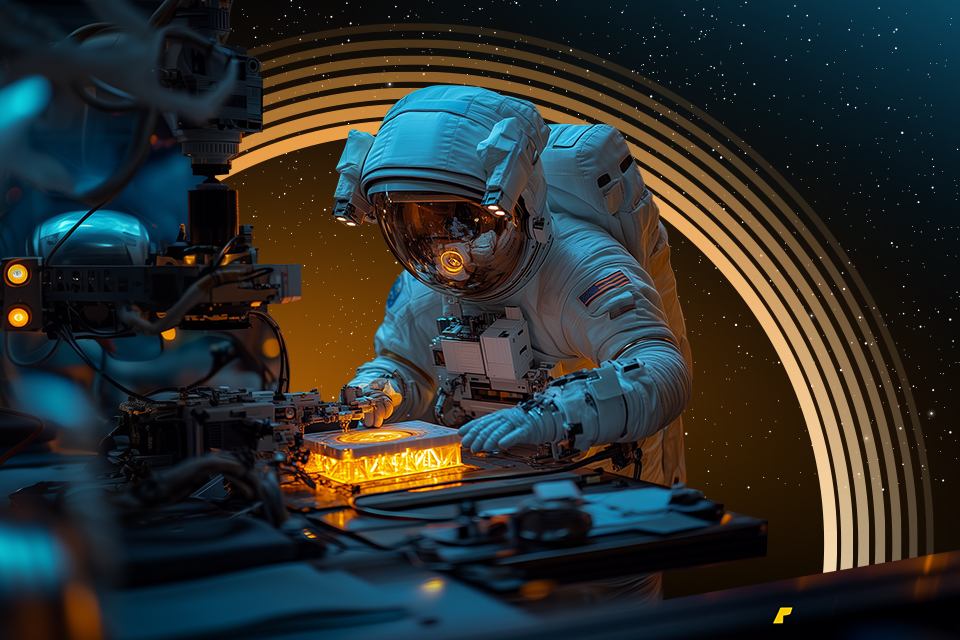
What are additive manufacturing processes and how do they work?
3D printing is one of the key processes used in additive manufacturing, where objects can be created layer by layer following a digitally designed model. In recent years, this method has been widely accepted as the lean approach for creating complex objects.
Also known as “growing” for the gradual way it adds layers, 3D printing technology can create objects from top to bottom and vice versa.
The main difference between 3D printing and traditional production is the process design. Unlike traditional subtraction methods that generate high amounts of waste by cutting off excess material in order to create an object, 3D printing builds through “addition” of layers, therefore improving resource utilization.
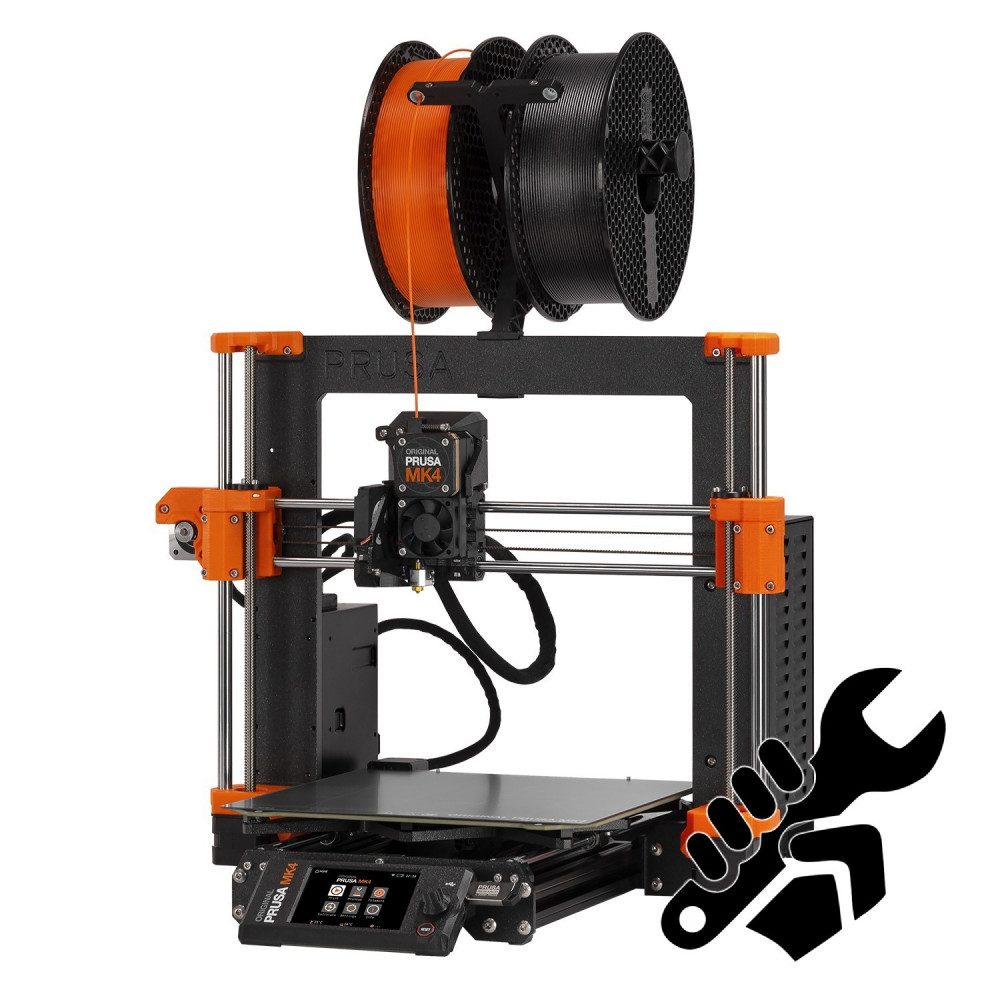
Types of 3D printing for production parts
3D printing is an umbrella term used for a range of processes that are grouped together based on the way they apply material. Each method, designed to work with specific materials, comes with its own pros and cons.
Perhaps the most common type of 3D printing is Fused Deposition Modeling, or FDM, that adds layers by melting thermoplastics and pushing them through an extruder. Most household 3D printers use this method.
Compared to other printing techniques, FDM is a fairly simple process. At its core, the only thing it needs to do well is heat and deliver a thermoplastic spool through the nozzle.
In addition, FDM is compatible with almost all affordable thermosetting polymers that can solidify via cooling. Although this method won’t yield particularly durable components, it remains both cost-effective and flexible in terms of object design.
Another method is Selective Laser Melting/Direct Metal Printing (SLM/DMP) designed for working with metals. Delivering large quantities of liquid metals through a nozzle, while maintaining them in that state for long periods of time, would be extremely difficult.
This is why metals are instead processed into a fine powder for easier layering. Then, following a digital model, a high power laser fuses the layers at specified points to create a monolithic structure.
Overall, SLM is effective at producing fairly complex components that are resistant to mechanical, chemical, and thermal forces. It’s typically used to create parts for production units and machinery. SLM’s weakest points are its complexity and inefficient use of energy.
When using materials other than metal with the same fusion method, the process is usually referred to as Selective Laser Sintering or SLS.
This process uses a high power laser and a scanning mirror to fuse polymer powders at specific points. After the first layer is sintered, the build chamber will add a fine layer of powder and then the process can be repeated until the build is complete. Using a build chamber means there is no need for support structures.
In contrast to SLM/DLP, the SLS process is less complex and doesn’t waste as much energy, but its end product is not as durable.
Another method of 3D printing is MultiJet Printing, or MJP, which is a type of inkjet printing that uses wax or photopolymers. The print head gradually layers the materials on the platform according to the digital design. Each layer is solidified with the help of UV bulbs before the next layer can be applied.
MJP’s standout feature is its ability to use multiple nozzles, up to a few hundred at a time, in order to apply different types of materials simultaneously. This can be done regardless of how the materials differ in density, viscosity or other characteristics.
This means that the process is not only fast, but also produces components to exact digital specifications. Although MJP is on the more expensive end due to its costly materials, it remains the second most popular method after FDM.
Parts printed with MJP
Multi Jet Fusion, or MJF, is a type of 3D printing that fuses polyamide materials on a powder bed. The appearance of the final product is similar to SLS-printed parts.
This method uses a printer to deposit polyamide materials on a powder bed, then applies fusing agents to the specified areas. The printer solidifies the fusing agent via infrared lighting, then applies more layers on top of the bed until the build is complete.
With Laser Stereolithography, or SLA, the printing is carried out via vat photo-polymerization. The vat contains layers of liquid resin which are solidified by a laser in specified places to form a single component.
SLA is similar to SLS and uses the same process, but it’s designed for liquid resins rather than powders.
ColorJet Printing, or CJP, is a 3D printing method that binds gypsum powders with liquid adhesives. The powder is applied to the build platform and then leveled with a roller to remove excess material, so that each subsequent layer is equal to the base one. Layers are solidified with the color binding agent delivered to each layer from top to bottom. The build platform moves down to the next layer until the component is complete.
Manufacturers typically use 3D printing for two reasons:
1. Rapid prototyping
2. Batch production
FDM printers are affordable and easily accessible, so they tend to be the first choice for prototype builds. SLA printers are not as common, but they can guarantee better-quality builds. CJP, on the other hand, is more of a hybrid approach as it can be used for both prototyping and less functional objects.
For batch production, companies lean more towards SLM/DMP, SLS, MJF and MJP. Other industries, namely medicine, construction, and textiles, are currently integrating these methods in their production to work with other materials.
3D printing: pros and cons
All of these methods come with their pros and cons, and each should be taken into consideration when choosing a specific system for your production. Moreover, 3D printing technology is rapidly evolving to meet new demands across various fields.
Compared to traditional manufacturing like milling or casting, 3D printing can have certain disadvantages, most notably:
- High cost of equipment and materials for commercial 3D printing.
- Even laser-fused 3D-printed parts are not structurally homogeneous, which increases their friability.
- When it comes to large batches, 3D printing is slower than traditional methods, such as casting. That said, casting isn’t really relevant to rocket building, where batch production is not the norm.
Despite the disadvantages of this relatively new technology, more and more manufacturers choose to modernize their production with 3D printing methods thanks to their many benefits:
- Waste-free production, as any excess material can almost always be reused.
- Creating objects of any degree of complexity with almost no limits to geometric design. A single part can be produced as a standalone component rather than a multipart assembly, making the unit more stable. Assemblies tend to be heavier and less stable due to multipart part interconnections.
- Producing multiple units simultaneously, though the exact capacity depends on the 3D printer make and size.
- Fast production of components with shorter set-up times. Digital design is more efficient and requires no extra equipment.
- Final product is lighter thanks to the geometric-optimized design. This is achieved through generative design and topology optimization, resulting in the lightest possible units. With traditional manufacturing, there’s less room for optimization due to either product complexity or technological limitations. In those cases, 3D printing is a real lifesaver with its flexible generative design.
Can rocket parts be 3D-printed?
The application of 3D printing in rocket building is possible on every level of production. One thing that somewhat limits it is the printer design, specifically the lack of large scale build chambers and platforms.
Another major consideration for integrating additive manufacturing is the product itself. For instance, the design of components and the conditions for their intended operation.
In addition, 3D printing can’t replace all forms of production. Certain components that operate under high pressure conditions, such as pipelines, can’t be manufactured with this method at its current level of development.
As for electronics, additive manufacturing and 3D printing are widely used for making printed circuit boards or PCBs. This includes:
- Fused Deposition Modelling: PCBs are printed using thermoplastic spools. The printer heats the spool before pushing it through the nozzle, drawing a circuit board.
- Laser printing: Particles of material such as metal, glass, ceramic or plastic are liquified and then molded into desired shapes by high power lasers.
When it comes to rocket building, the most complex piece of the craft is the engine, so all your 3D printing designs should start there. However, existing methods aren’t yet suitable for delivering components with required strength. This is why 3D-printed rocket engine parts and other pressure-bound elements, like gas cylinders or pipework, are still quite rare. Considering that 3D printing can only create layered objects, this makes any component structurally vulnerable to pressure damage.
Do aerospace manufacturers use 3D printing?
Almost all manufacturers utilize 3D printing, including SpaceX, who are already producing engine parts with this method.
Meanwhile, NASA has conducted successful tests with a 3D-printed rocket engine, seeing major improvements to their new Rotating Detonation Rocket Engine or RDRE. NASA engineers at the Marshall Space Flight Center in Huntsville, Alabama have tested the new 3D-printed RDRE model by generating over 5,800 lbs of thrust for the duration of 251 seconds (a little over 4 minutes). This shows great promise for the RDRE as the future of effective design.
The Indian aerospace manufacturer Agnikul Cosmos launched a rocket with a 3D-printed engine Agnibaan SOrTED (Suborbital Technological Demonstrator), earning it the title of the country’s first spaceflight with a semi-cryogenic engine, and the world’s first 3D-printed single-component engine designed and built by Indian engineers.
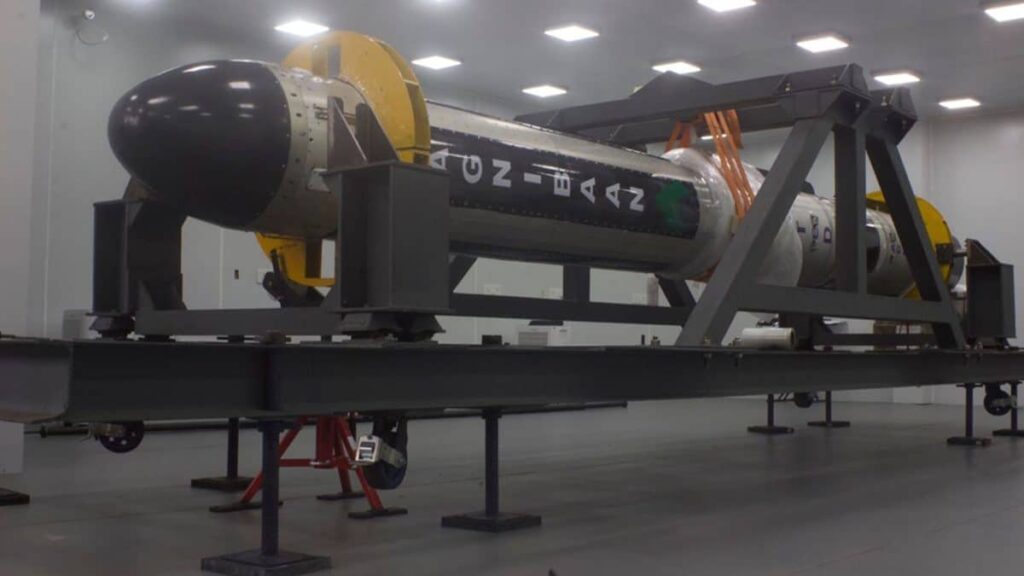
The UK-based Orbex Space plans to operate the largest commercial 3D printer in Europe for streamlined rocket building. The custom-ordered AMCM printer will allow Orbex to manufacture large-scale engines and turbo pump systems in-house, with the projected annual yield of 35 units.
Planning to go even further, Relativity Space aims to build a rocket made entirely from 3D-printed parts. Their Terran R project uses 3D printing as the key strategy for optimizing spacecraft design and adapting it for easy manufacture. The company continues to work on expanding their additive manufacturing to a larger scale following the successful tests with 3D-printed Terran 1 rockets.
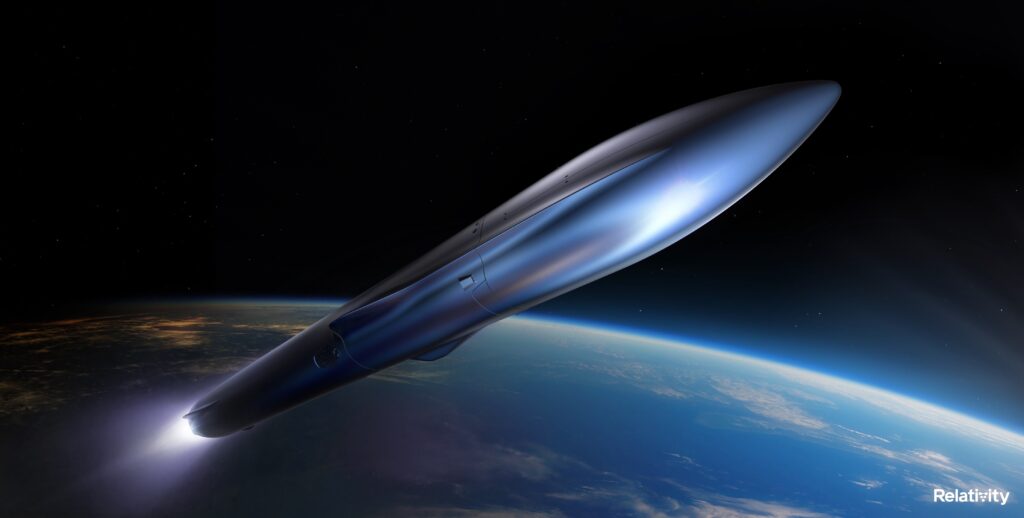
Is it possible to start a business for 3D rocket printing?
Although 3D printing has been validated across various industries, the application of these methods in aerospace manufacturing is not as straightforward. The main issue with 3D-printed rocket builds is the sheer scale of the components.
Additive manufacturing is mainly used for smaller parts measured in millimeters or centimeters. Rocket components can span several feet, so the build chambers should match the end design. This means that 3D printers need to be able to handle the weight of any large finished part.
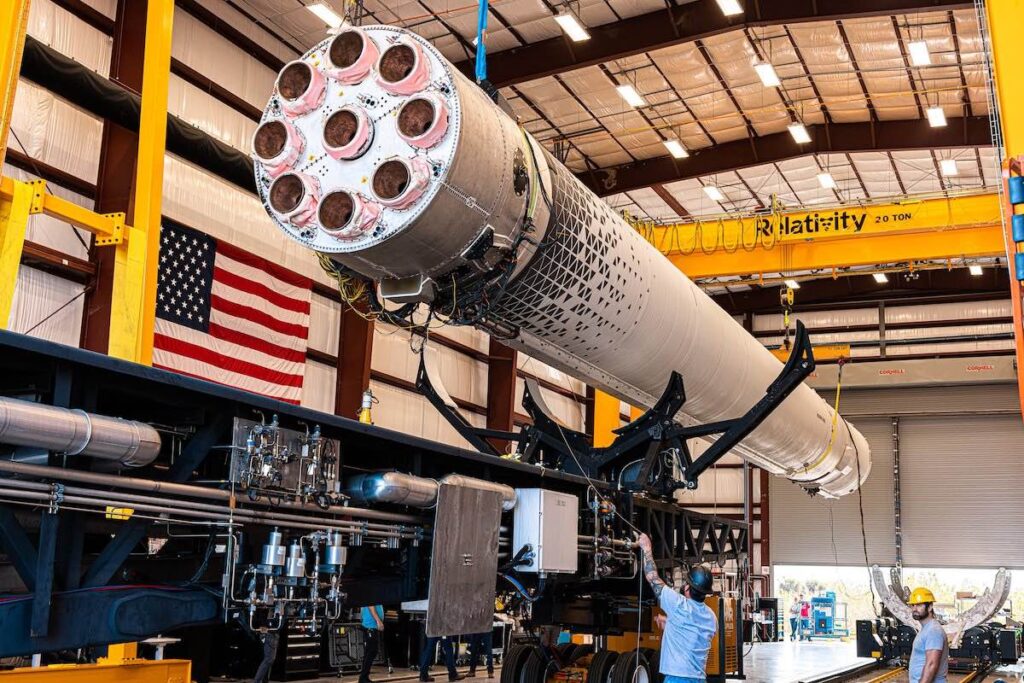
Scaling up the components can also affect the total production time, not to mention that 3D printers might be at risk of overheating, which will require them to go offline. This, in turn, can cause issues to the already applied layers and their ability to fuse together while the equipment is cooling.
There is also a matter of logistics, specifically how to move and transport manufactured components, so you will likely need more custom lifting equipment.
Overall, it makes more sense to use already existing aerospace manufacturing sites for establishing a 3D printing facility. Any external location will require additional expenses for process optimization and product delivery.
This doesn’t mean that additive manufacturing can’t be applied holistically to aerospace production. Quite the opposite, these methods are crucial for process optimization and prototype testing. Of course, implementing these methods requires quite a lot of effort.


